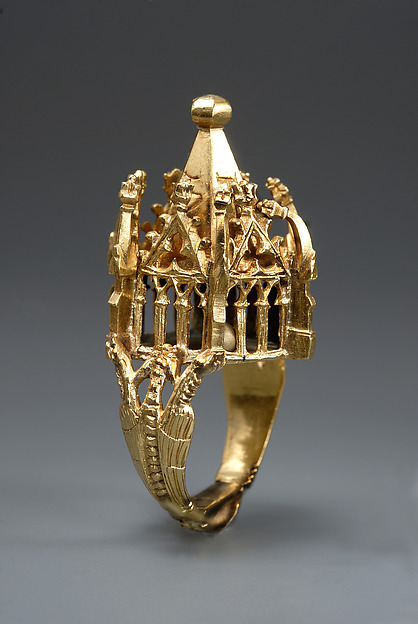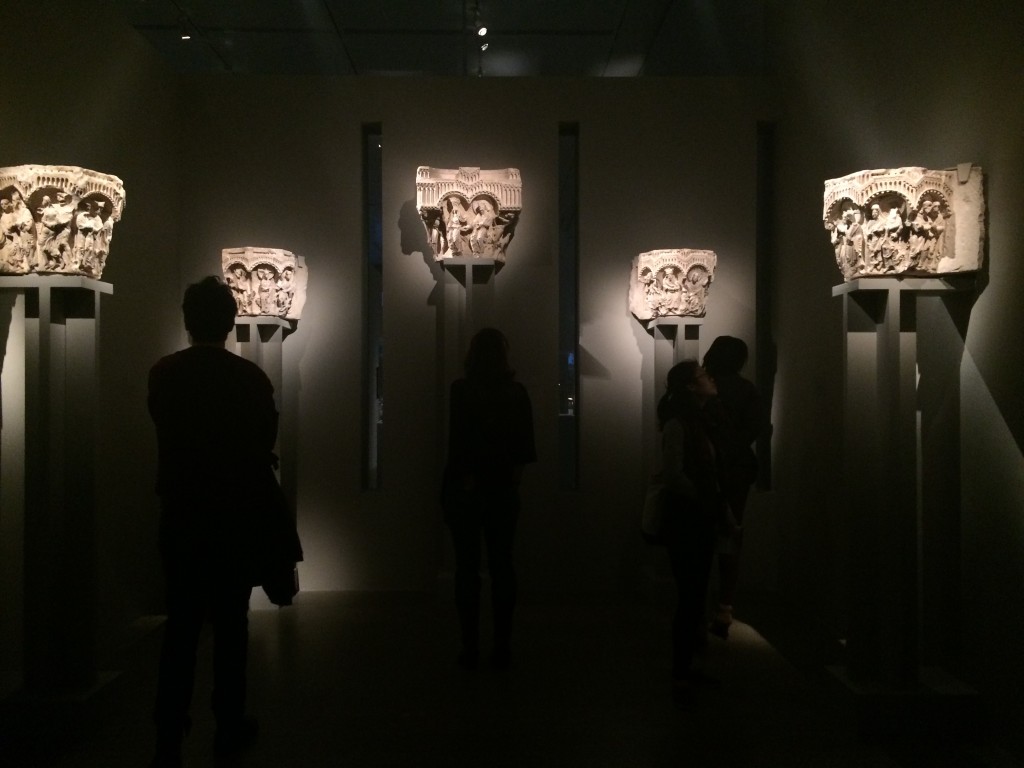Imagining the Passion and Promise of Medieval Jerusalem, at the Metropolitan Museum
The more than two hundred objects selected for display in Jerusalem 1000–1400: Every People Under Heaven create a multifaceted image of the storied medieval city. In this show, the Metropolitan Museum of Art explores Jerusalem not just as a locale but as an idea, a holy city laden with religious significance for a diversity of people residing near and far from it. At the turn of the millennium, the Holy City stood at the center of the world for members of the three Abrahamic faiths—Judaism, Islam, and Christianity—and attracted soldiers, scholars, patrons and pilgrims. As such, it was an immense source of inspiration and a great and complex influence on artistic production. To capture the diffuse influence of the medieval city and the multiplicity of its devotees, Jerusalem’s curators have filled the show’s galleries with a dazzling array of maps, sculptures, reliquaries, glass, jewelry, paintings, and weapons.

Jerusalem expertly layers a variety of sources to tell the story of medieval Jerusalem. In addition to displaying a wondrous variety of mediums, the exhibition conveys the breadth and far reach of the city’s influence by showing works not just from of and around the city but also from outside locales like the Rhine Valley, Italy, and Cairo. The wall text includes quotations of historical figures which form another layer, providing primary source reflection on the role of Jerusalem during the four centuries covered in the show. Rounding these out is the commentary of the present in the form of videos of contemporary Jerusalem. These videos are projected mural-like across the show’s walls, giving just a glimpse of the city today.

In organizing this show, the curators divided the exhibition space into different modules that each cover a factor that led to medieval Jerusalem’s preeminence. Traveling through the show, one moves through the city as a place of trade and tourism, diverse scholarship, warfare and violence, and religious hope and promise.

Text is the overarching motif that ties together the diversity of ideas and cultures at play in this show. Jerusalem was like a college town, its Christian, Jewish, and Islamic cultures all sharing a reverence for the written word. Lining the exhibition walls are open manuscripts, letters, warfare manuals, and guides to the city. The religious texts are colorfully illuminated, and they often showcase the artistic and textual overlap across believers. I was particularly taken by a 14th century manuscript that, at first glance, looks like a Qur’an but actually contains the four Gospels in Arabic and was produced for Arabic-speaking Christians in the Holy Land.

These beautiful moments of unity in difference stand out among the works on display. A collection of wedding rings from Germany that depict in miniature the lost Temple of Jerusalem links the Jews in Jerusalem to the Jewish diaspora in Europe. A brass lentil pot, dating to the eleventh century, represents the meal of lentils distributed to pilgrims by the Muslim keepers of the Cave of Patriarchs in Hebron, a site holy to all three Abrahamic faiths. The show ends in a room themed “The Promise of Eternity,” which focuses on the common belief among Christians, Muslims, and Jews that Jerusalem was the meeting place between God and humanity.
In this way, Jerusalem closes with a reminder of the passionate message embedded in the golden and colorful riches on display. Behind the creativity and artistic fervor concentrated in these four centuries is an intense belief in and desire for the redemption promised in this city, where believers find the Gates of Heaven.

Gabriella is a senior at Fordham College Rose Hill. She is double majoring in Art History and English, with a focus on Modernism.